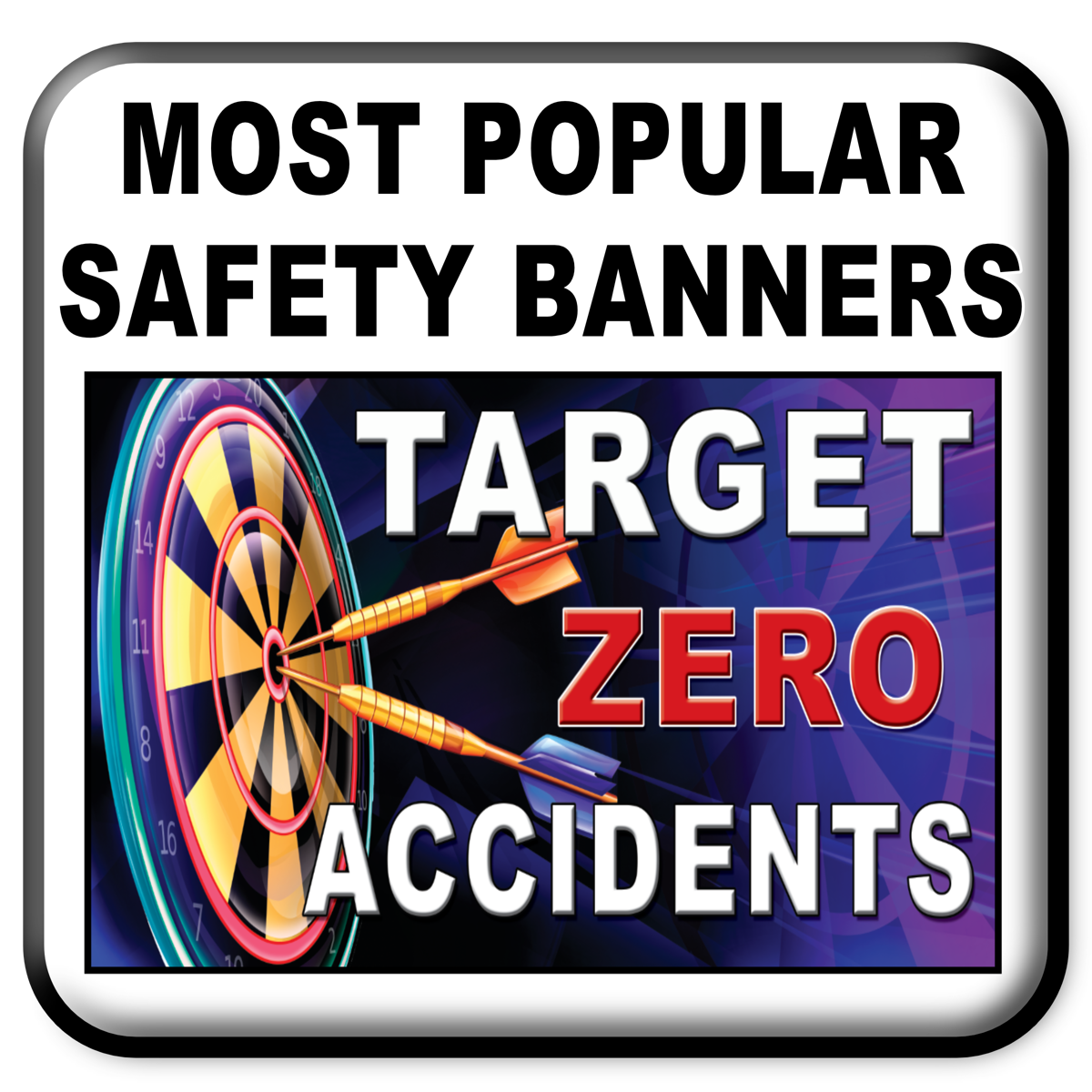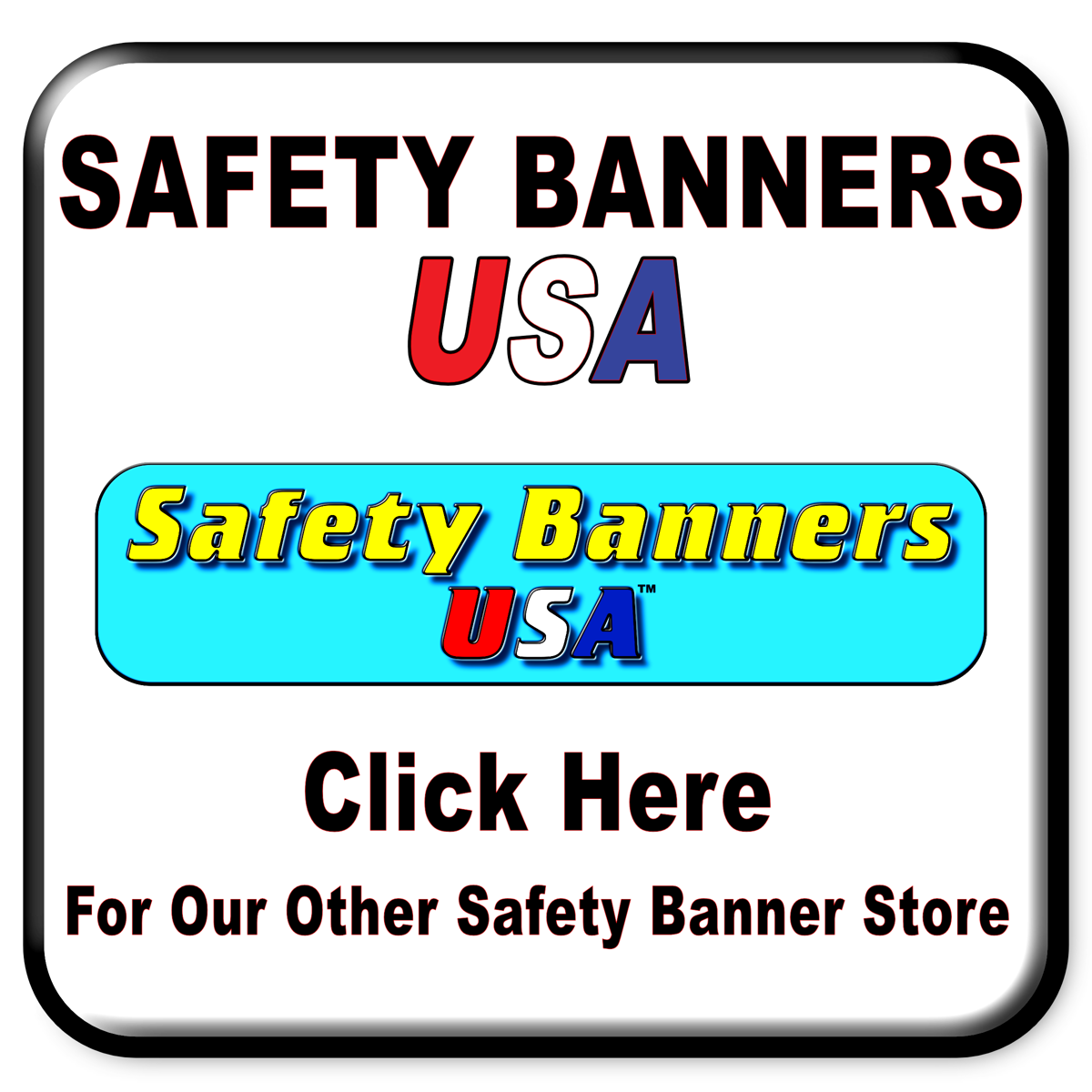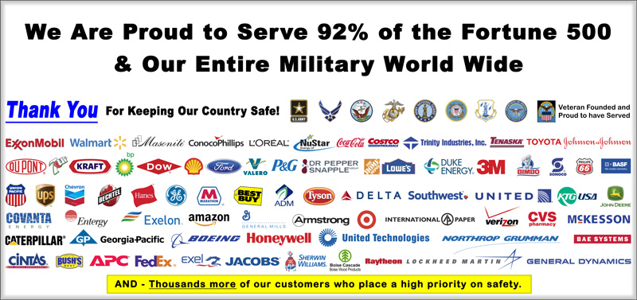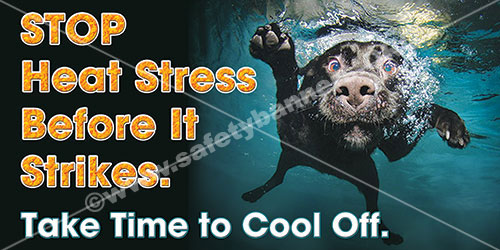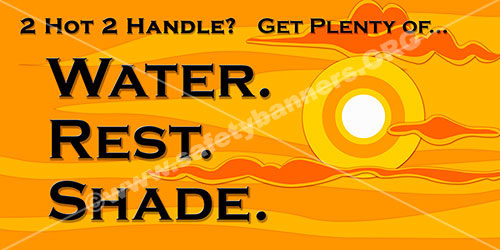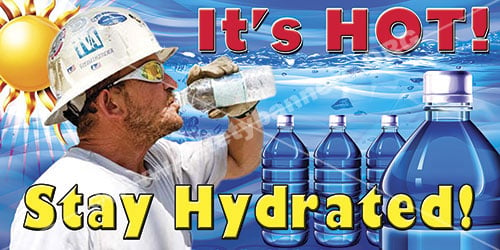SafetyBanners for Heat Stress and Heat Stroke Prevention
 CLICK HERE for all our safety banners.
CLICK HERE for all our safety banners.
CLICK HERE for our NEW safety store, Safety Banners USA (safetybannersUSA.com)
Heat stress is a serious problem which can be averted with reasonable heat stress awareness among your workers. Heat stress prevention does take some time and effort, but the results save lives and keep your workers safe.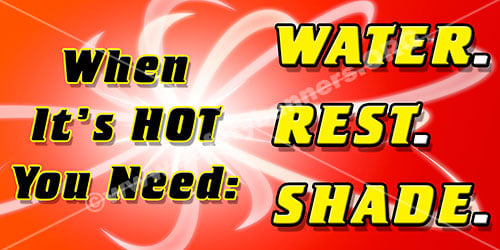
Workers who are exposed to heat stress and extreme heat or work in hot environments may be at risk of heat stress. Exposure to extreme heat can result in on teh job illnesses and injuries. Heat stress can result in heat stroke, heat exhaustion, heat cramps, or heat rashes. Heat, especially extreme heat, can also increase the risk of injuries in workers as it may result in sweaty palms, fogged-up safety glasses, and dizziness. Burns may also occur as a result of accidental contact with hot surfaces or steam.
CLICK HERE for all our heat stroke and heat exhaustion banners
Workers at risk of heat stress include outdoor workers and workers in hot environments such as firefighters, bakery workers, farmers, construction workers, miners, boiler room workers, factory workers, and others. Workers at greater risk of heat stress include those who are 65 years of age or older, are overweight, have heart disease or high blood pressure, or take medications that may be affected by extreme heat. Prevention of heat stress in American workers is important. Most employers provide training and heat stress awareness to workers so they understand what heat stress is, how it affects their health and safety, and how it can be prevented.
SafetyBanners.Org
1657 Shelby Oaks Drive N.
Memphis, TN 38134
Serving American industry since 1995


